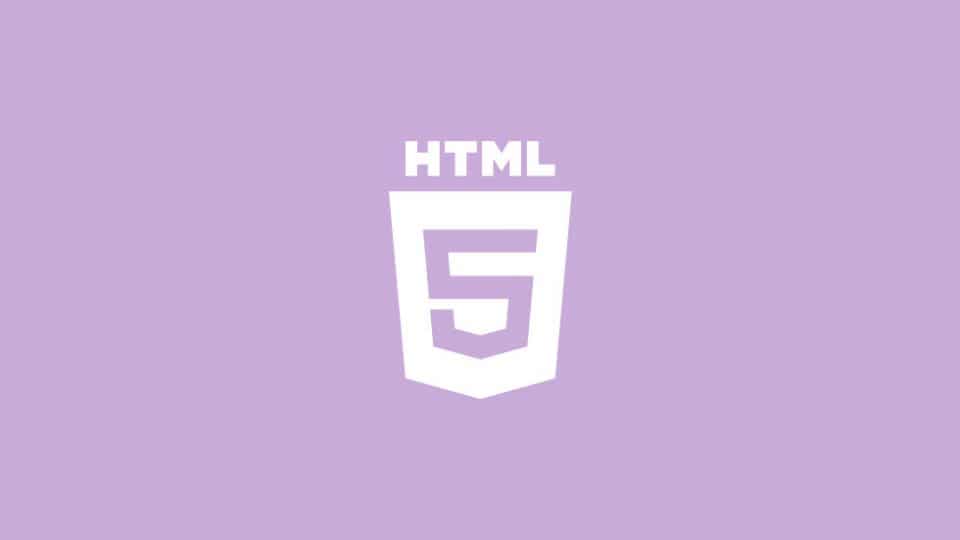What is HTML5 Technology and What Industries is It Enhancing?
You might already be aware that Adobe Flash is being phased out for support by the end of this year. Flash was a technology that transformed interactivity and engagement within the world wide web, but as the internet has grown more agile than ever before, it’s also become an outdated technology.
Back in 2010, Apple founder Steve Jobs signalled the death knell for Flash when he said that HTML5 technology could achieve everything Flash could do and more. The biggest issue with Flash was that its plugins were too resource-hungry for the latest machines and mobile devices. HTML5 was designed to circumvent the need for media plugins for browsers, enabling web developers to design and build consistent web applications and services that work seamlessly across all platforms and screens.
HTML5 is the fifth iteration of the Hypertext Markup Language, which is used to set the scene for any web page. It is made up of three types of code – HTML to form the structure and layout of a web application, Cascading Style Sheets (CSS) to handle the visual display of the web app, and finally JavaScript to power the application under the bonnet. As iOS no longer supports Flash, and Windows is due to stop support for it by the turn of 2021, HTML5 has certainly replaced Flash and Microsoft Silverlight in many ways. In fact, even Google Chrome will let any user who activates Flash on its browser know that Flash will no longer be supported very soon.
With the ability to utilise multimedia content without the need for any additional plugins or software, HTML5 is the ultimate in out-of-the-box functionality and it’s already dragging many industries firmly into the 21st century. It’s time to get some inspiration from the following three industries that have adopted HTML5 in a big way and are increasing their user base as a result.
E-learning

Previously, online courses that provided distanced learning opportunities to individuals anywhere in the world were more often than not powered by Adobe Flash. It was the industry standard for the majority of e-learning platforms, used to perform the interactive aspects of a course module e.g. a video workshop or seminar and even graphic animations and quizzes to help set the scene for new modules and talking points. As two-fifths of the world now own a smartphone, the onus has been on the e-learning industry to keep pace and utilize HTML5 e-learning authoring tools to make sure course content is digestible using smartphone and tablet devices on the go.
iGaming
The iGaming industry is a fast-emerging and ever-expanding scene, capable of delivering authentic casino experiences to the desktop screens and smartphone or tablet screens of players across the globe. The atmosphere and social interaction at a land-based casino table are part of what makes casino gaming so enjoyable, and the iGaming industry has utilised HTML5 technology to bring a healthy dose of glitz and glamor to the online world. Most of the leading iGaming operators offer instant-play functionality within browsers, with no need for native apps thanks to HTML5. The best HTML5-powered casinos will also incentivize new sign-ups through the use of free spins no deposit promotions to get people playing the latest slots. Further, HTML5 has helped to integrate live-streamed video into the industry, with live dealer casino games also increasingly popular.
Manufacturing
When it comes to light manufacturing, the importance of human-machine interface (HMI) devices cannot be overstated. These platforms are designed to provide a clear oversight of manufacturing output and managing automated processes that ramp up in-house efficiencies and overall productivity. ActiveX and even Visual Basic used to be the go-to solutions to device such interfaces for the manufacturing sector, but today HTML5 is a more intuitive and agile alternative. HTML5 developers can work with manufacturers to design and build bespoke interfaces that all necessary employees can get on board with.
These three industries have shown the way forward, but more and more types of companies and websites embrace the convenience of HTML5 to offer more engaging content to their visitors and customers.


